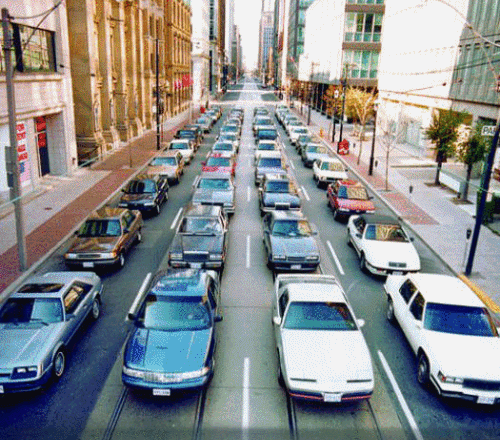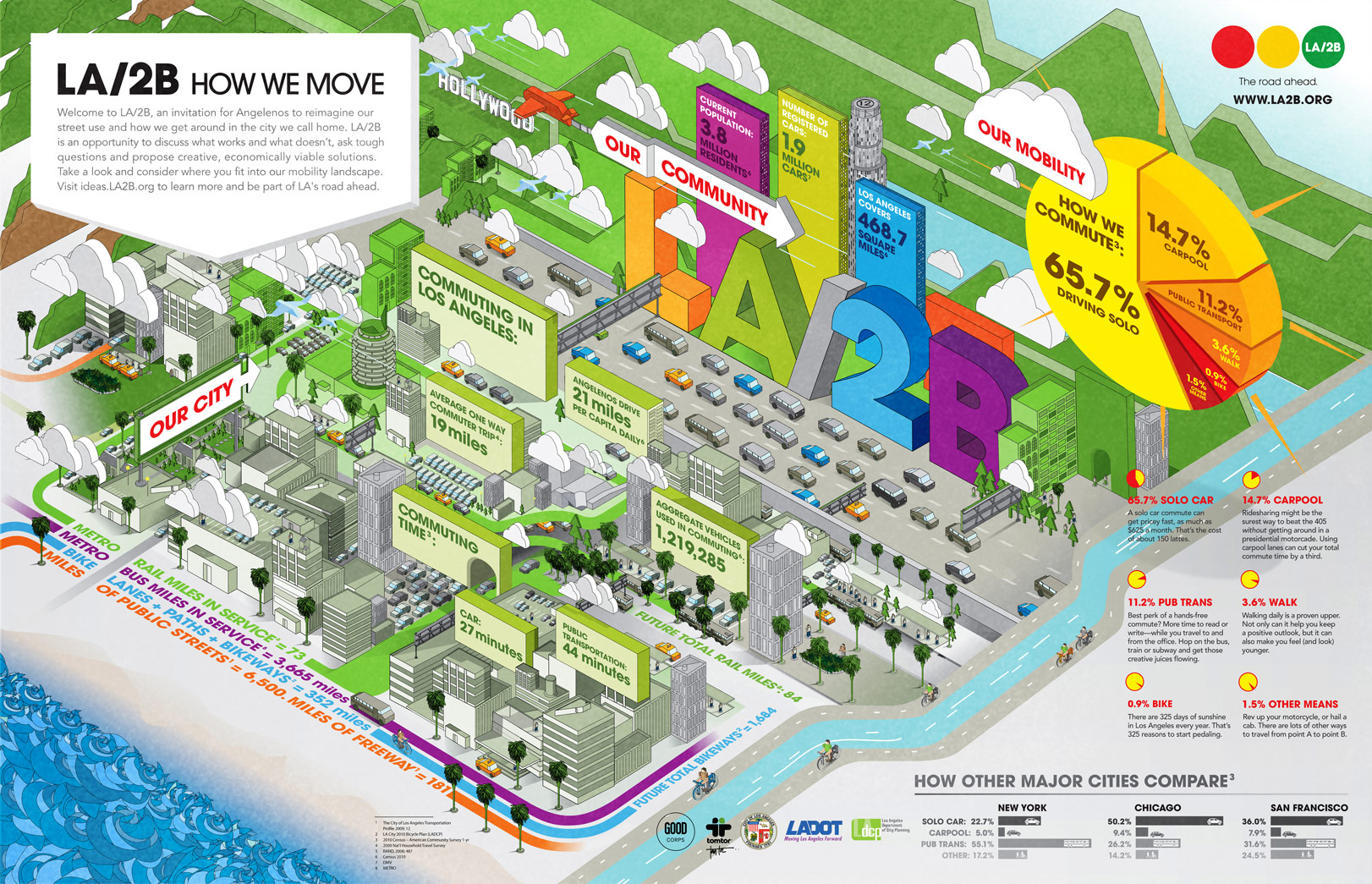
The Intelligent Transportation Society of America (ITS America), in partnership with IBM and Spencer Trask Collaborative Innovations (STCI), has launched a global challenge to identify innovative ideas for combating transportation congestion.
“The average metropolitan commuter in the U.S. spends nearly a full work week stuck in traffic each year, wasting precious time and fuel and impacting the environment, safety conditions on roads, and economic productivity to the tune of more than 1 percent of GDP,” said ITS America President and CEO Scott Belcher. “Allowing congestion to grind cities, suburbs and supply chains to a halt every morning and afternoon is unacceptable when we have innovative tools, technologies, and strategies available to manage our transportation systems and utilize our infrastructure more effectively.”
The ITS Congestion Challenge is a global competition to identify the best and most creative ideas to effectively reduce congestion and its impacts on the economy, environment, and quality of life.
The competition is open to entrepreneurs, commuters, transportation experts, researchers, universities, and citizens from all fields around the globe. All ideas will be reviewed discussed and rated by an open global community, to determine the best and most creative ideas to effectively solve the consequences of traffic congestion.
The winner will be announced during the 16th World Congress on Intelligent Transportation Systems in Stockholm, Sweden, September 21 – 25, 2009, and will receive a cash investment of $50,000 USD, as well as development and implementation support to pursue turning the ideas into real-world solutions.
More information is available on the competition including key attributes winning entries will be expected to incorporate. Participants will be able to post solutions, collaborate in an open community to improve solution entries, and ultimately vote for those solutions they believe best relieve the issues caused by congestion.
























